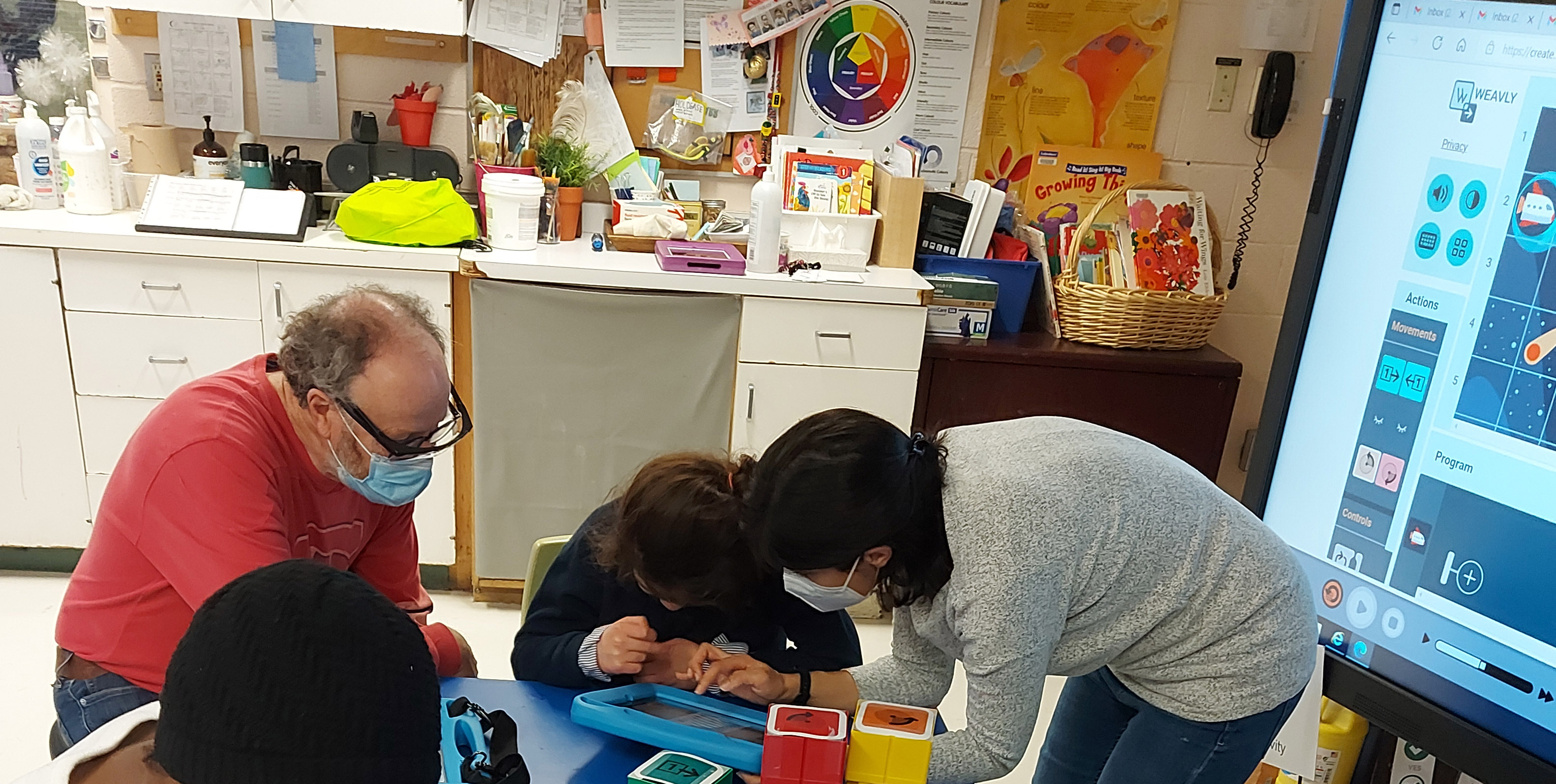Facilitating positive interactions among kids
Overview
In co-design sessions with children with disabilities, it’s crucial to consider factors like days of the week, time of day, transitions, and other activities around the session. Understanding each child’s behavior, and consulting with teachers and parents about their daily routines, enables more thoughtful planning of group activities. This consideration positively impacts the dynamics between the children, minimizing the chances of tensions.
Description
In collaborative workshops, children often interact with others, whether through individual or group activities. However, some kids’ needs and preferences may conflict with those of their peers, leading to anxiety or disengagement. In certain cases, involuntary expressions like specific noises or body movements can disrupt the session’s flow and affect others’ comfort. As you plan a co-design session with children with disabilities, it is important to consider various contextual, environmental, and social factors that may impact a child’s interaction with others.
- Day of the Week: Children may face challenges on certain days, for example on Mondays, most children need to readjust to the school environment after spending time at home with their families.
- Time of the Day: Kids often show more willingness to engage/participate in the morning, displaying more fatigue or reduced interest as the day progresses. Children may be feeling very hungry just before lunch and their interest may drop. In addition, right after lunch they are often feeling either a bit sleepy, or very high in extra energy.
- Transition to the workshop: Activities done before the session, such as returning from lunch, high-energy physical exercises, or calming reading sessions, can impact their behavior and engagement.
- Other activities around the session: Some children with disabilities have busy lives, such as having therapist visits, adult assisted personal care routines, or doctors appointments. It is important to be aware of what other activities wrap around the session.
Suggestions
Get to Know the Kids
Before the session, spend time getting to know each child’s behavior under different circumstances. Talk to teachers and parents to gather insights about each child and any potential triggers. Inquire about their access needs and any accommodation they might need in a collaborative setting.
Consider their daily plan
Consult with the teachers and parents to find a time that works best for the children based on their daily routines at home and school.
Plan Group Activities Thoughtfully
Consult with teachers, care givers, and parents to understand the dynamics between the children. Identify who gets along well and who might prefer specific pairings or seating arrangements.
Example

The Weavly team collaborated with teachers to determine the optimal time and day for our proposed activities in each session. However, flexibility was crucial due to changes in the school schedule. For instance, morning sessions might shift to the afternoon due to other school activities. Planned pairings sometimes changed on the spot if students didn’t show up or chose not to participate. This required both advance planning and adaptability to ensure students could still work together with sufficient energy and motivation.
We proactively discussed potential groups or pairings with teachers for each class. Teachers also informed us about other activities around the session, such as whether students were coming from swimming, lunch, gym, or doctor’s appointment, influencing their energy levels. Communication with teachers, including details like seating arrangements and students’ moods, was essential for ensuring a positive experience for the students.